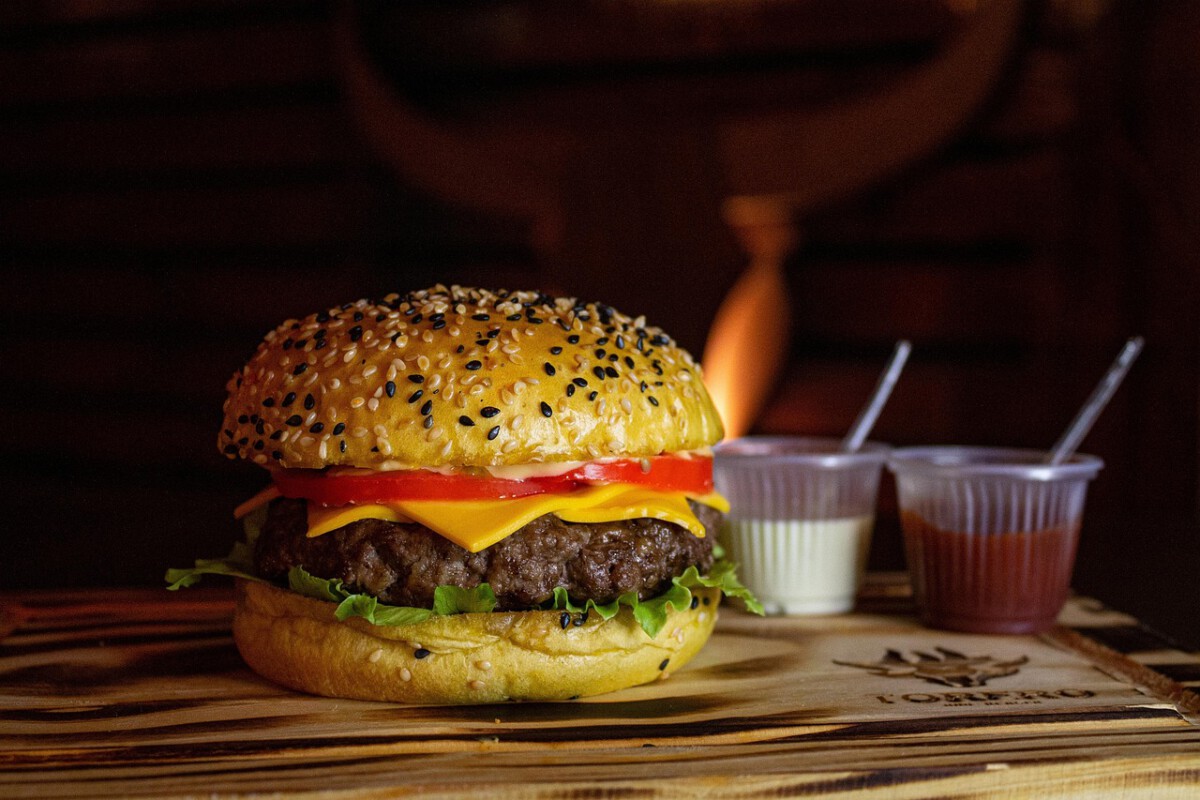Consumer Culture and Credit Revolution

The notion of human beings as consumers first took shape before World War I, but became commonplace in America in the 1920s. Consumption is now frequently seen as our principal role in the world. Predicated on debt, it took place in an economy mired in speculation and risky borrowing. U.S. consumer credit rose to $7 billion in the 1920s, with banks engaged in reckless lending of all kinds.
By 1927, more than 60 percent of American automobiles were sold on credit, and installment purchasing was made available for nearly every other large consumer purchase. Spurred by access to easy credit, consumer expenditures for household appliances, for example, grew by more than 120 percent between 1919 and 1929. Today’s society mirrors this pattern, with borrowed money bought unprecedented quantities of material goods on time payment and (these days) credit cards.
The Birth of Modern Advertising Psychology

Agencies grew more sophisticated using market research and psychology to craft persuasive messages and branding. Advertising spending increased from $1.4 billion in 1914 to over $3 billion by the end of the decade. Employing psychological techniques, advertisements appealed to consumers’ desires and emotions, creating a sense of need for various products. Celebrity endorsements further boosted the allure of goods, with famous figures lending their credibility to brands.
Changing social norms and the rise of consumer culture were reflected in advertisements, which portrayed products as gateways to a modern and glamorous lifestyle. Product innovation, professional advertising agencies, and a transition to a more consumer-driven society all contributed to the effectiveness of advertising in stimulating consumption during this dynamic decad. Modern influencer marketing and social media advertising directly descend from these 1920s innovations.
Women Breaking Into the Professional Workforce

Women entered the workforce in meaningful numbers in the 1920s, but it was mostly single women, as it was not customary for women to remain in the labor force after marriage. Participation amongst both single and married women … , however, for the next 50 years as education became more available, demand for workers increased, and the ability to postpone starting a family became more readily available.
In the first of these phases, from the late 19th century to the 1920s, it was primarily poor, uneducated single women who entered the workforce, often as piece workers in manufacturing or as employees in other people’s homes. Married women largely stayed home, and the single women who worked generally exited the workforce upon marriage. Today, women represent 47% of all U.S. employees, and women are integral to our modern workforce.
Mass Media and Celebrity Culture

In particular, they bought radios. The first commercial radio station in the United States, Pittsburgh’s KDKA, hit the airwaves in 1920. Two years later Warren G. Harding became the first president to address the nation by radio—and three years later there were more than 500 stations in the nation. By the end of the 1920s, there were radios in more than 12 million households.
People also swarmed to see Hollywood movies: Historians estimate that, by the end of the decades, three-quarters of the American population visited a movie theater every week, and actors like Charlie Chaplin, Gloria Swanson, Rudolph Valentino and Tallulah Bankhead became household names. This celebrity worship culture directly parallels today’s social media influencer phenomenon and entertainment industry dominance.
Technology Transforming Daily Life

In 1912, an estimated 16 percent of American households had electricity; by the mid-1920s, more than 60 percent did. And with this electrification came new machines and technologies like the washing machine, the freezer and the vacuum cleaner eliminated some of the drudgeries of household work.
Electrification was crucial for the consumption of the new types of durable items, and the fraction of U.S. households with electricity connected nearly doubled between 1921 and 1929, from 35 percent to 68 percent; a rapid proliferation of radios, vacuum cleaners, and refrigerators followed. Motor car registration rose from eight million in 1920 to more than 28 million by 1929. Modern smart home technology and the Internet of Things represent the current evolution of this 1920s trend.
The Automobile Revolution

But the most important consumer product of the 1920s was the automobile. Low prices (the Ford Model T cost just $260 in 1924) and generous credit made cars affordable luxuries at the beginning of the decade; by the end, they were practically necessities. By 1929 there was one car on the road for every five Americans. Meanwhile, an economy of automobiles was born: Businesses like service stations and motels sprang up to meet drivers’ needs—as did the burgeoning oil industry.
In the 1920s, mass-produced vehicles became commonplace in the U.S. and Canada. The 1927 Ford Motor Company discontinued the Ford Model T after selling 15 million units of that model. Today’s car culture, suburban sprawl, and the rise of ride-sharing services all trace back to this automotive revolution.
Urban Living and the Rise of City Culture

For the first time, more Americans lived in cities than on farms. The nation’s total wealth more than doubled between 1920 and 1929, and gross national product (GNP) expanded by 40 percent from 1922 to 1929. By the dawn of the 1920s, the second Industrial Revolution had transformed the United States into a global economic power and drawn millions of Americans to cities. With a concurrent rise in immigration, the 1920 U.S. census was the first in which the majority of the population lived in urban areas.
This urban concentration created the foundation for modern metropolitan culture, with its emphasis on convenience, nightlife, and consumer services. Today’s gentrification trends and urban revitalization movements echo these 1920s patterns of city-centered living.
The Modern “Flapper” and Changing Gender Roles

Perhaps the most familiar symbol of the “Roaring Twenties” is probably the flapper: a young woman with bobbed hair and short skirts who drank, smoked and said “unladylike” things, in addition to being more sexually “free” than previous generations. In reality, most young women in the 1920s did none of these things (though many did adopt a fashionable flapper wardrobe), but even those women who were not flappers gained some unprecedented freedoms.
Their contributions galvanized support for the suffrage movement, which culminated in the ratification of the Nineteenth Amendment in 1920. Many women remained in the workforce after the war, especially as growing industrialization provided greater opportunities. Modern discussions about work-life balance, gender equality, and women’s empowerment directly stem from these 1920s cultural shifts.
Entertainment and Youth Culture

The Harlem Renaissance was a flourishing of African American art and culture during the 1920s, centered in New York City, and part of the broader cultural dynamism of the era. Jazz blossomed, the flapper redefined the modern look for British and American women, and Art Deco peaked. The social and cultural features known as the Roaring Twenties began in leading metropolitan centers and spread widely in the aftermath of World War I.
Jazz music became the soundtrack of rebellion and youth culture, much like rock and roll in the 1950s or hip-hop today. This pattern of music-driven generational identity continues to shape how young people express themselves and challenge established norms.
Workplace Flexibility and Remote Work Precursors

In a recent survey, 45% of workers reported leaving the workforce because they lacked flexibility in the workplace. A USA Today survey found that U.S. workers strongly prefer working from home—so much, in fact, that 25% said they would resign if forced to return to the office. worked remotely part of the time, signaling that some form of workplace flexibility is here to stay. The ability to work remotely or within flexible hours has supported families that are balancing childcare and work.
While the 1920s didn’t have remote work technology, the era’s emphasis on individual freedom and breaking traditional constraints laid the groundwork for today’s flexible work arrangements. The decade’s rejection of rigid Victorian-era structures parallels modern workers’ demands for autonomy and work-life balance.
Credit and Debt-Based Economics

U.S. consumer credit rose to $7 billion in the 1920s, with banks engaged in reckless lending of all kinds. Indeed, though a lot less in gross terms than the burden of debt in the United States in late 2008, which Sydney economist Steve Keen has described as “the biggest load of unsuccessful gambling in history,” the debt of the 1920s was very large, over 200 percent of the GDP of the time.
Buying on credit or using installment plans had been normalized in the 1920s, but the market crash in October 1929 resulted in a sharp drop in the number of consumers purchasing on credit by 1930, while households focused on paying off their existing debts. Today’s credit card culture, buy-now-pay-later services, and consumer debt levels directly mirror these 1920s patterns.
Social Media and Modern Consumer Influence

The study found that youth encounter luxury images posted by influencers, unspecified others, and peers on social media, and this exposure to advertisements and events by luxury brands stimulates consumption, leading to luxury purchases. The study found that youth encounter luxury images posted by influencers, unspecified others, and peers on social media, and this exposure to advertisements and events by luxury brands stimulates consumption, leading to luxury purchases.
In addition, after purchasing such products, posting on social networking sites such as Instagram allows them to experience increased social approval and expanded social networks. This modern behavior directly echoes the 1920s emphasis on status consumption and social signaling through material goods, just transferred to digital platforms.
Breaking Traditional Cultural Boundaries

Early in the decade, movies, novels, and newspapers showcased young women defying nineteenth-century standards of behavior. Though many were no doubt exaggerated, such sensational pictures of the habits of “jazz-age” youth did register an actual cultural rift between the generations. This brought about a cynical post-war mindset: “Eat, drink, and be merry, for tomorrow you may die.”
Today’s generational conflicts over social media usage, work values, and lifestyle choices mirror the 1920s tension between traditional values and modern attitudes. The decade established the template for ongoing cultural battles between older and younger generations that continues to shape American society.
The cultural revolution of the 1920s didn’t just end with the Great Depression—it planted seeds that have grown into the defining characteristics of modern American life. From our relationship with credit and consumption to our expectations of personal freedom and workplace flexibility, the “Roaring Twenties” continue to roar through our daily experiences a century later.





